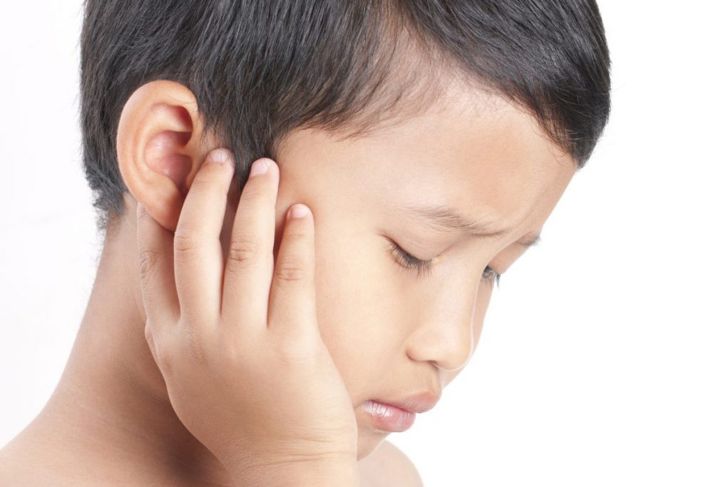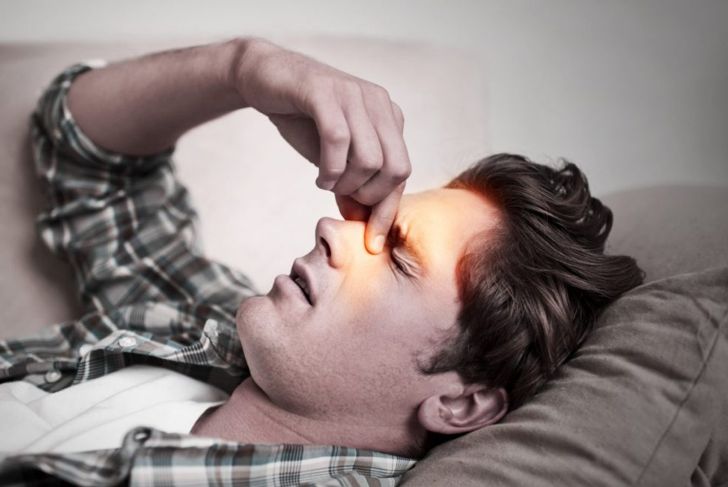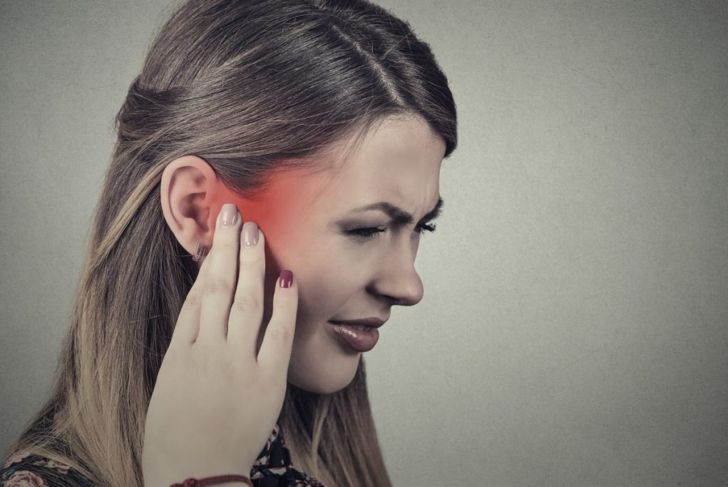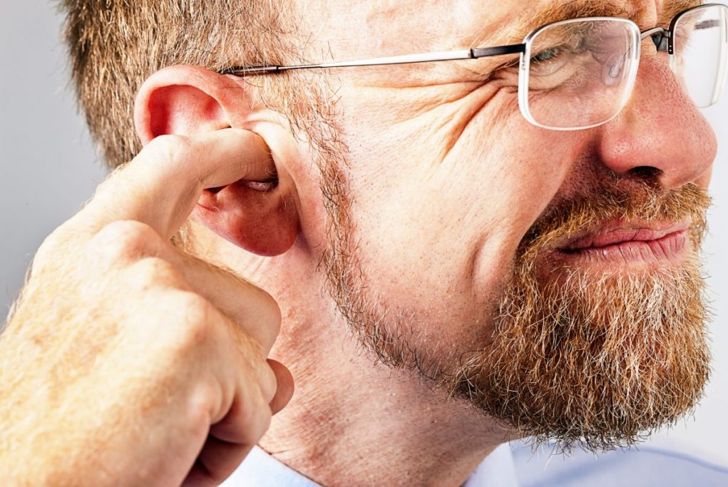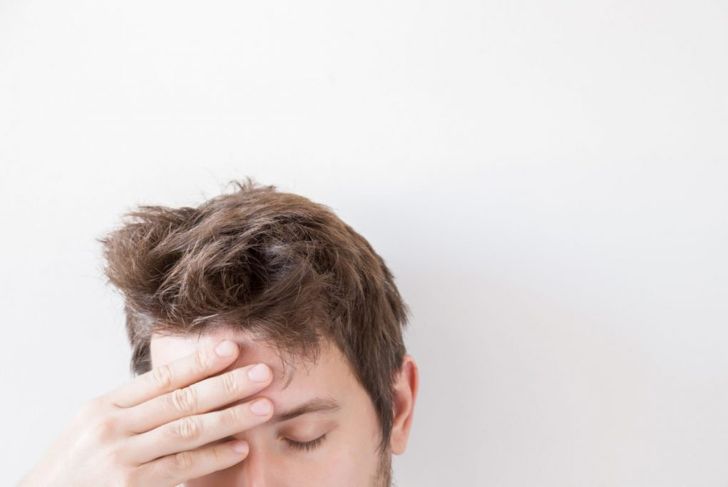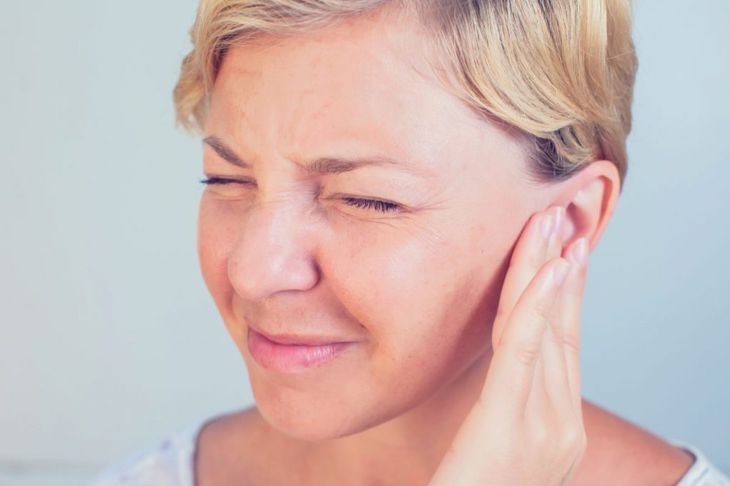Eustachian tube dysfunction (ETD) involves the inner ear and causes what feels like a fullness or a dullness inside the ear. The eustachian tube is the narrow tube that connects the ear to the back of the nose. The tube is a vital part of your sinuses, and problems arise when a build-up of mucus develops in the tube. Causes and symptoms of eustachian tube dysfunction are varied.
Cause: The Common Cold
Colds are, by far, the most common cause of eustachian tube dysfunction. Thick mucus develops during upper respiratory tract infections and can block the tube. This is why, when you have a runny nose, doctors recommend avoiding sniffing in. A blocked nose and thick mucus can also cause the tube to swell. When a cold affects your ability to hear, it’s because the mucus is blocking the eustachian tube. These symptoms can last longer than the rest of the infection, so it’s common to have hearing trouble in the weeks after a cold. Rarely, the fullness in your ear can last for a few months, but even this does not necessarily imply a more serious condition.
Cause: Glue Ear
Glue ear describes when the middle ear fills with a sticky, glue-like liquid rather than air. Symptoms include dull hearing and mild pain. For the most part, the condition clears itself without any treatment, but in rare cases, the doctor may advise an operation. Glue ear common and affects about 80% of children before they reach the age of ten. While medics have yet to understand what causes it, glue ear develops less in smoke-free homes.
Cause: Rhinitis
Rhinitis is the scientific term for an inflammation of the nose. Symptoms include nasal congestion or a runny nose, and sneezing. Rarer symptoms can include loss of smell and watery eyes. The most common cause of rhinitis is a cold. Hayfever and other allergies also contribute. The extra mucus rhinitis causes can lead to inflammation of the ear and blockage of the eustachian tube. Eustachian tube dysfunction related to allergies like rhinitis can take a few months to clear. That said, the symptoms do decrease in severity over time.
Cause: Smoking
Smoking can cause a lot of adverse effects in the ear. When you smoke, the tiny hairs that line the eustachian tube can stop working. This prevents the flow of air. Tobacco can also force the tissues at the back of the throat to enlarge and block the eustachian tube. Stopping this activity is the only prevention or treatment for problems that relate to smoking.
Cause: Sinusitis
Although eustachian tube dysfunction is temporary for most people, it can be a chronic condition. Sinusitis is a common cause of long-term eustachian tube dysfunction. Up to half of the people with chronic ETD owe their condition to sinusitis, which develops from a cold or other viral infection. Sometimes, after the cold clears up, the sinusitis remains due to leftover germs and bacteria. Symptoms of sinusitis include a runny nose with yellow or green discharge and a reduced sense of smell. This discharge blocks the eustachian tube.
Symptoms: Tinnitus
Tinnitus is probably one of the most notable symptoms of ETD. Most people think of tinnitus as a ringing or buzzing inside the ear, but it can also present with a crackling or dull sound. These sounds come from inside your head rather than the surrounding environment. They also seem to be louder or more prominent when you’re in a quiet place. Tinnitus is common and can fluctuate so that at some points, patients may forget they have it, but it is nonetheless an aggravating side effect of various conditions including eustachian tube dysfunction.
Artur / Getty Images
Symptoms: Shooting Pains
Occasionally, eustachian tube dysfunction causes earaches, a term that describes a variety of ear pain. Blockage of the eustachian tube makes the eardrum tense, resulting in sharp or stabbing pains. These pains will come and go — ETD rarely, if ever, causes constant pain. If your ear hurts all the time, see a doctor. Earache can sometimes feel like a toothache and a headache all at once. Unlike a regular earache, a unique symptom of ETD is brief, stabbing pains.
Symptoms: Fullness
When you speak and you can’t fully hear yourself, it can affect daily life. One of the most reported symptoms of eustachian tube dysfunction, this fullness may be the singular symptom, but ear fullness can be accompanied by tinnitus. With each being a symptom of the other, both presenting at once usually points to EDT. One way of reducing ear pressure like this is to chew gum or to yawn. Pressing the spot behind your ear can aggravate it more, so it’s best to keep a hands-off approach.
Symptoms: Dizziness
Dizziness or a form of mild vertigo might occur due to the imbalance of fluids in your ear, which can make you feel faint or off balance. While dizzy means different things to different people, it generally describes a feeling of lightheadedness or feeling as if you’re about to collapse. Several inner ear conditions can cause dizziness, including inner ear injuries, ear infection and, of course, eustachian tube dysfunctions. A medical professional will examine your ears if you’re experiencing dizziness as well as ear pain. On its own, dizziness is far too broad of a condition to make a diagnosis.
Symptoms: Muffled Hearing
A blockage in the eustachian tube or around the eardrum will likely cause mild hearing loss. Your voice might sound different to you or sounds around you might seem much quieter. Sometimes yawning to try and “pop” the fullness in your ear can help temporarily. Once your eustachian tube clears fully, your hearing will improve.

 Home
Home Health
Health Diet & Nutrition
Diet & Nutrition Living Well
Living Well More
More
